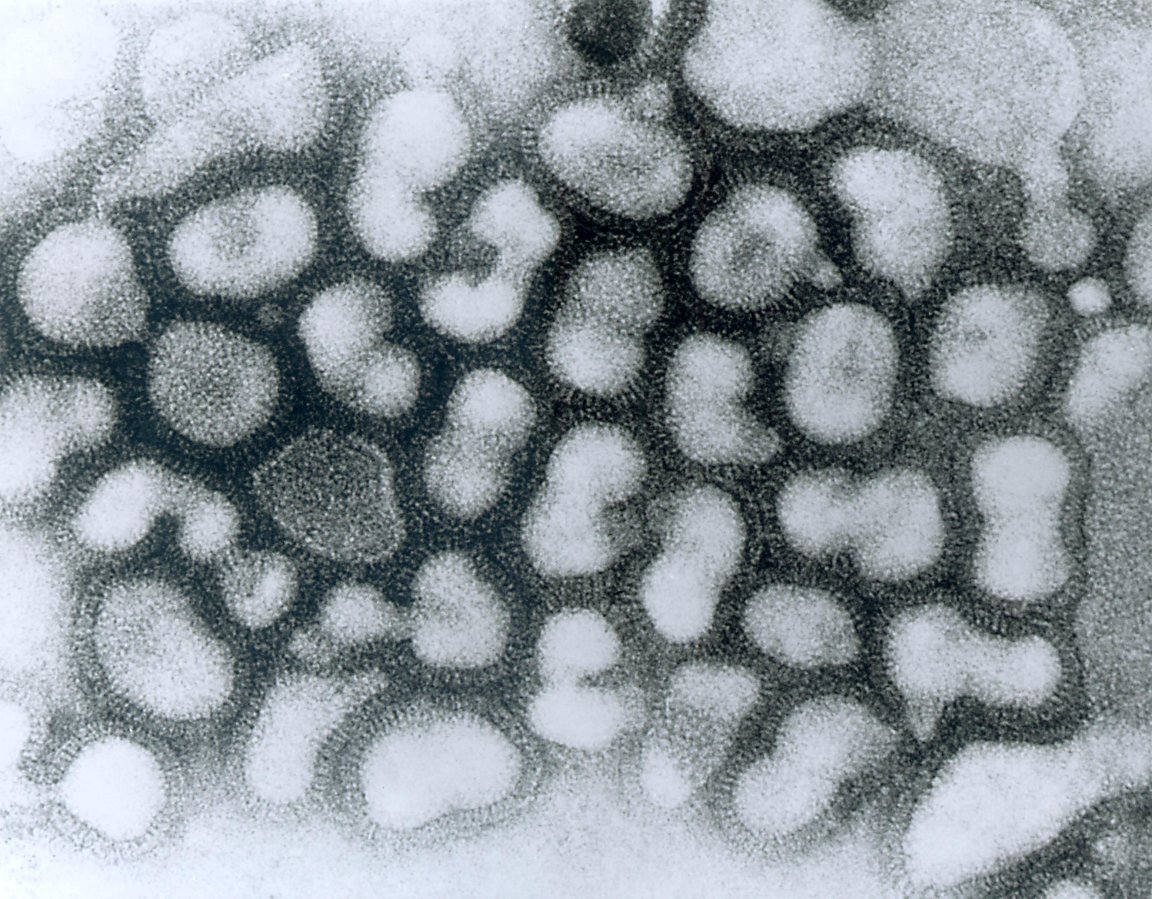
Fast, Inexpensive Virus Detection
Scientists at the Hong Kong Polytechnic University (PolyU) have discovered a new, extremely sensitive and effective technique for detecting viruses.
Their new invention incorporates a process called upconversion luminescence resonance energy transfer (LRET). It’s a mouthful, certainly, but it means wonders for disease detection: a matter of hours, not days (which is ten times faster than current methods) and slashing the cost of detectors by 80%.
Moreover, the technology can be adapted to detect many different kinds of viruses, which has important implications for on-the-spot field testing where outbreaks and epidemics occur—frequently in remote or undeveloped locations with little access to sophisticated labs. This is important for rapid response to the sudden appearance of dangerous diseases, such as the recent West African Ebola epidemic and the current Zika outbreak.
The problem with previous techniques is that they are complicated, time-consuming and expensive. Detecting the flu virus, for instance, requires genetic analysis—hardly a useful tool in the field. But the method devised by PolyU employs a nanoparticle biosensor that uses the upconversion LRET to quickly and cheaply detect viruses.
Shedding Light on Viruses

Basically, the new method involves using “upconversion” nanoparticles, which are equipped with an oligonucleotide (a short sequence of 2-20 DNA base pairs) of the flu virus. When introduced to gold nanoparticles (AuNPs) containing viral oligonucleotides, the upconversion base pairs act like magnets, attracting their complements in the viral sample.
It’s all very complicated, but when the sample is then illuminated by near-infrared light, the upconversion nanoparticles emit a green radiance, while the AuNPs absorb green light. So, one can determine the concentration of flu virus by simply examining the decrease of green light.
The gist of it all is that PolyU’s new technique is very simple, without requiring expensive apparatus or equipment to operate, and doesn’t demand any particularly sophisticated skill-set on the part of users. At the same time, it provides a comparable degree of sensitivity to more expensive, traditional methods.
So this new invention is perfect for field deployment, where what’s needed is accuracy, sensitivity, and ease of use. Hopefully, the technique will be adapted for detecting a suite of viral pathogens, and will in future serve humanity on the front lines of combating disease epidemics around the world.